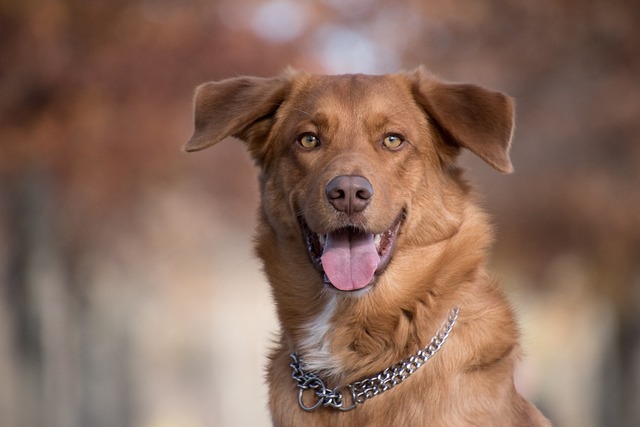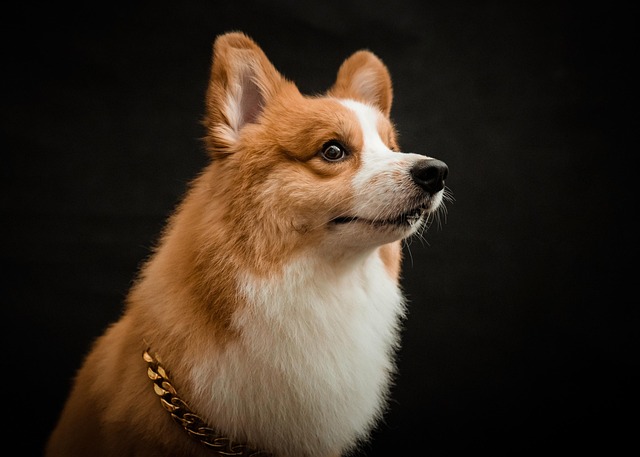
How to prevent dogs from engaging in aggressive behavior towards humans
When a gentle dog suddenly bares its teeth at a passerby or emits a warning growl when a family member approaches,
When the warm afternoon sun shines through the window into the living room, you are looking forward to curling up on the sofa to enjoy a moment of peace, but you find that your dog has already occupied the high ground, leaving the sofa cushions full of paw prints and the pillows covered with hair. The behavior of dogs jumping on furniture not only brings cleaning burdens to the owners, but long-term indulgence may also cause behavioral problems. To change this situation, we need to first understand the reasons behind the dog's behavior, and then guide them to develop good habits in a scientific and patient way.
The behavior of dogs jumping on furniture is essentially due to the interaction between their nature and the environment. From a biological point of view, the ancestors of dogs are social animals, and they are used to occupying high places to gain a sense of security and observe the territory. When the sofa and bed at home become their "high ground", dogs will instinctively think that they are in an advantageous position. At the same time, modern pet dogs live with humans day and night, and they will regard furniture as a medium for close contact with their owners. Many owners pet or give treats to their dogs when they jump on the sofa. This unintentional reward is equivalent to encouraging behavior in the dog's cognition, thus strengthening their jumping habits.
The first step to changing behavior is to establish clear rules and boundaries. This process requires family members to maintain a unified attitude and avoid the contradictory signals of "Mom prohibits, Dad acquiesces". When dogs try to jump on furniture, do not use fierce scolding or corporal punishment, as this may cause them to be afraid or rebellious. You can try to say "no" in a low and firm tone, while blocking the dog's route with your body, such as standing in front of the sofa to form a barrier. If the dog obeys the command and stops jumping, immediately give verbal praise or small snacks to reward it, so that it understands that "not jumping on furniture" is the recognized behavior. This positive reinforcement training method can make the dog understand your intentions far better than punishment, and it can also maintain the trust between you.
 It is crucial to provide dogs with alternative space. When the sofa and bed are no longer their exclusive territory, there needs to be an equally comfortable "safe zone" to meet their needs for rest and observation. You can choose a soft pet bed and place it in a corner near the owner's activity area, so that the dog can feel the company without interfering with normal life. When arranging the pet bed, you can add old clothes or toys with the owner's scent to increase the sense of familiarity and security. At the same time, regularly place snacks or toys on the pet bed to guide the dog to take the initiative to rest, and gradually transfer the attraction of the furniture to the exclusive area.
It is crucial to provide dogs with alternative space. When the sofa and bed are no longer their exclusive territory, there needs to be an equally comfortable "safe zone" to meet their needs for rest and observation. You can choose a soft pet bed and place it in a corner near the owner's activity area, so that the dog can feel the company without interfering with normal life. When arranging the pet bed, you can add old clothes or toys with the owner's scent to increase the sense of familiarity and security. At the same time, regularly place snacks or toys on the pet bed to guide the dog to take the initiative to rest, and gradually transfer the attraction of the furniture to the exclusive area.
Consuming the dog's excess energy is the key to reducing its interest in furniture. Many dogs frequently jump on furniture because they do not get enough exercise in their daily lives and have nowhere to release their vigorous energy. According to the breed and age of the dog, make a reasonable exercise plan: small dogs should walk for at least 30 minutes a day, and medium and large dogs need 1-2 hours of outdoor activities. In addition to walking, you can also try playing interactive games such as Frisbee and fetching balls, or obstacle training. These activities can not only exercise the body, but also calm the dog faster through mental consumption. When the dog's physical and mental strength are fully satisfied, they are more willing to lie quietly in their own nest to rest, rather than using furniture as an entertainment venue.
During the training process, using auxiliary tools can achieve twice the result with half the effort. Anti-scratch spray can create a smell that dogs don't like on the surface of furniture, reducing their desire to jump on furniture; pet fences can temporarily isolate furniture areas and help dogs establish spatial boundaries. In addition, you can also use the dog's sensitivity to sound and prepare a plastic bottle filled with coins. When the dog tries to jump on the furniture, shake the bottle to make a sound to stop it. The use of these tools should follow the principle of "guidance rather than punishment" to avoid making the dog fear the environment.
It takes time and patience to change a dog's behavioral habits, just like cultivating a seedling, you can't rush for success. In the early stages of training, the dog may try to jump on the furniture repeatedly, but don't be discouraged at this time. Every repetition is a learning process for them. What you need to do is to maintain consistency and constantly strengthen the correct behavior. When one day you find that the dog consciously lies on his crib and looks at you with gentle eyes, all your efforts will turn into a warm sense of accomplishment.
The relationship between people and pets is a practice full of love and understanding. Preventing dogs from jumping on furniture is not only to maintain a clean home, but also to establish a healthy relationship between owners and pets. Through scientific guidance and patient companionship, we can not only help dogs understand the rules of life, but also give them enough care and a sense of security. When dogs learn to rest safely in their own space, we gain not only a tidy home environment, but also a beautiful time of mutual respect and harmonious coexistence.

When a gentle dog suddenly bares its teeth at a passerby or emits a warning growl when a family member approaches,

When the owner is looking forward to the dog sleeping peacefully in the airline box, but the dog whimpers, scratches, or avoids the airline box, every pet owner feels helpless and distressed.

When you finish a busy day and open the door, the dog rushes towards you like a small cannonball, jumps up enthusiastically and pounces on you.

When you carefully pick up the nail clippers and approach the dog, it suddenly bares its teeth, growls, and even tries to struggle and bite you.

When you happily reach out to hug your dear dog, but suddenly it bares its teeth, growls, or even bites you; or when a child in the family approaches to play

When you get up in the morning and see the "masterpiece" of the dog on the floor, or when you get home from work and are greeted by the pungent odor and the messy scene,